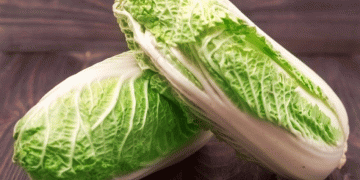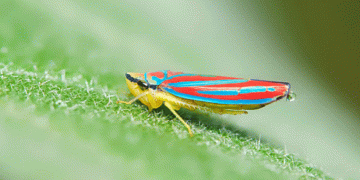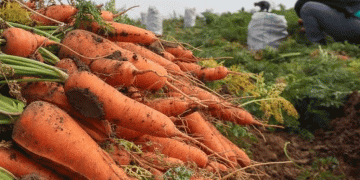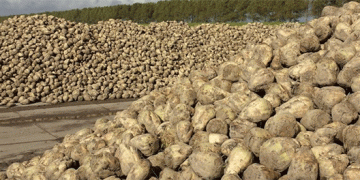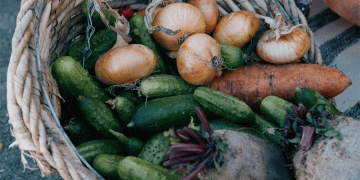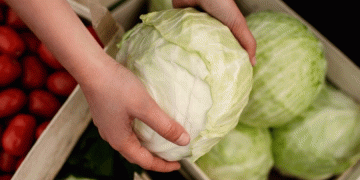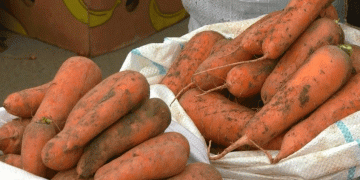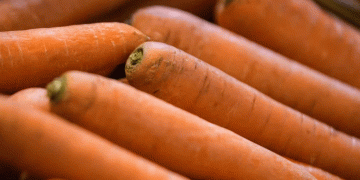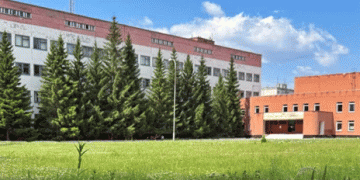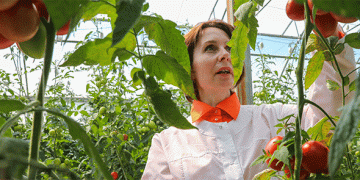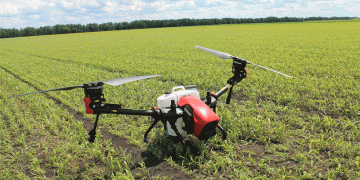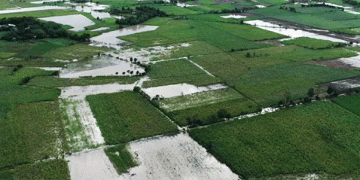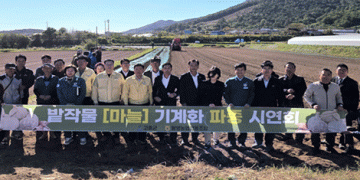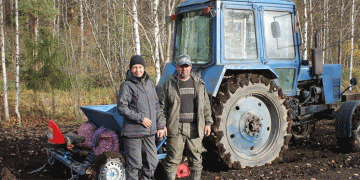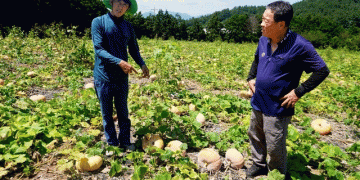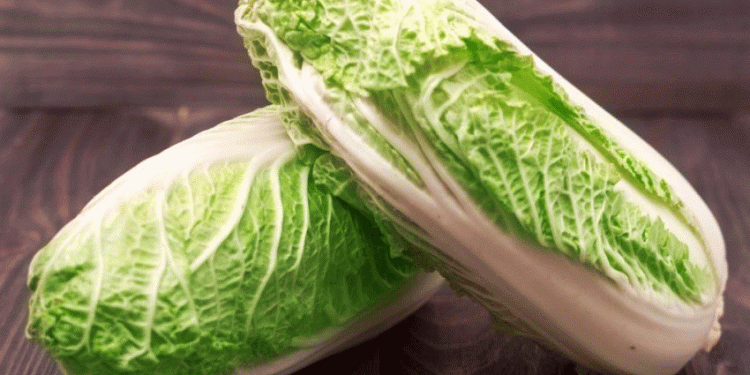Peking cabbage (Brassica rapa subsp. pekinensis), a member of the Brassicaceae family, has been cultivated since ancient times, with origins tracing back to 5th–6th century China. Despite its long history, it only gained global prominence in the 1970s when agronomists developed open-field cultivation techniques. In Russia, its adaptation is relatively recent, yet domestic production now competes in local markets.
Nutritional Powerhouse
Peking cabbage is composed of 95% water, making it a low-calorie (15 kcal/100g) but nutrient-dense crop. Key components include:
- Dietary fiber (promotes gut health, acts as a natural detoxifier)
- Vitamins: High in vitamin C (immune support, anti-aging), A (vision), K (blood clotting), and B-group vitamins (metabolic functions).
- Minerals: Calcium, potassium, iron, magnesium, and phosphorus.
- Lysine: An essential amino acid aiding tissue repair and antiviral activity.
Notably, its “negative calorie” effect—where digestion burns more calories than the vegetable provides—makes it popular in weight management diets.
Agronomic and Health Considerations
While beneficial, Peking cabbage’s high fiber content can irritate the digestive tract, exacerbating conditions like:
- Gastritis, pancreatitis, or ulcers (due to rough cellulose fibers).
- Lactation concerns: Compounds may transfer to breast milk, causing infant bloating or diarrhea.
Recent studies (e.g., Journal of Agricultural and Food Chemistry, 2023) highlight that overconsumption (>200g/day) correlates with digestive discomfort in 12% of adults. However, moderate intake boosts gut microbiota diversity (Nutrients, 2022).
Peking cabbage is a high-yield, nutrient-packed crop with significant market potential, but farmers and consumers should balance its benefits against digestive risks. Selective breeding for lower fiber irritants could enhance its suitability for sensitive populations.
